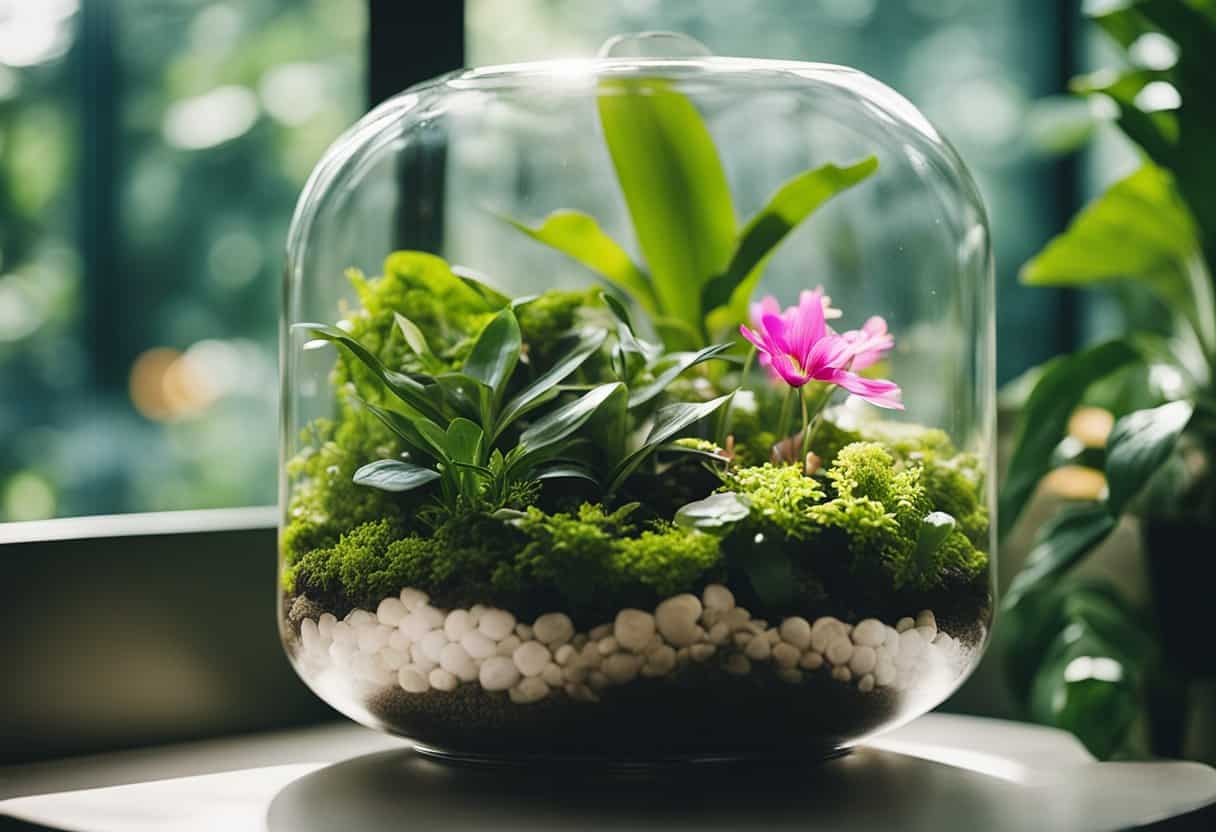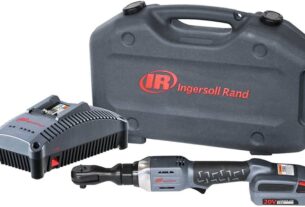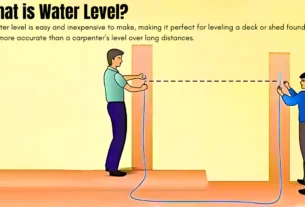If you’re looking for a way to bring a little bit of nature into your home, terrariums are the perfect solution. These miniature gardens are easy to create and maintain, and they can be customized to fit your personal style. But where do you start when it comes to creating a terrarium? In this article, we’ll explore the essential tools for terrarium making and provide you with all the information you need to get started.
What is a Terrarium?
Before we dive into the tools needed for terrarium making, let’s first discuss what a terrarium actually is. A terrarium is a small container filled with plants that are grown in a controlled environment. This means that they don’t require much maintenance or watering, making them an ideal choice for those who want to have plants in their home but don’t have a lot of time or space.
Terrariums come in all shapes and sizes, from large glass bowls to small mason jars. The plants inside can also vary depending on your preference. Some popular options include succulents, cacti, ferns, and mosses.
Now that you know what a terrarium is let’s get started on creating your own!
The Essential Tools for Terrarium Making
1. Container
The first tool you’ll need to create a terrarium is a container. As mentioned earlier, there are many different container options available, so choose one that fits your style and needs. Just make sure that it has an opening large enough to allow you to place your plants inside.
2. Gravel or Pebbles
After selecting your container, the next tool you’ll need is gravel or pebbles. This layer at the bottom of the container helps with drainage and prevents water from accumulating in the soil which can cause root rot in some plant types.
3. Activated Charcoal
Activated charcoal is an essential tool for terrarium making because it helps to keep the water clean and fresh. It absorbs impurities, such as bacteria and odors, which can help prevent your plants from becoming contaminated.
4. Potting Soil
The soil you choose for your terrarium will depend on the type of plants you’re using. For succulents and cacti, use a well-draining mix that contains sand or perlite. For other plant types, use a regular potting soil mix.
5. Plants
Choosing the right plants for your terrarium is important. Consider the size of your container and the amount of sunlight it will receive when selecting your plants. Some popular options include:
– Succulents: These hardy plants come in many shapes and sizes and require little watering.
– Cacti: Another low maintenance option, cacti come in many different varieties.
– Ferns: These delicate plants add a touch of elegance to any terrarium and thrive in humid environments.
– Mosses: Perfect for creating a natural-looking landscape, mosses are easy to care for and require minimal watering.
6. Spray Bottle
A spray bottle is an essential tool for watering your terrarium. Watering with a spray bottle allows you to control the amount of water you’re adding to your terrarium, preventing overwatering.
7. Tweezers or Long-handled Spoon
When placing your plants into your container, tweezers or a long-handled spoon can be helpful tools. They allow you to place your plants exactly where you want them without disturbing the other elements of your terrarium.
Creating Your Terrarium
Now that you have all the necessary tools for terrarium making let’s get started on creating your very own miniature garden!
1. Begin by placing a layer of gravel or pebbles at the bottom of your container.
2. Add a layer of activated charcoal on top of the gravel. This layer should be about ½ inch thick.
3. Next, add a layer of potting soil on top of the activated charcoal. The soil should be about 1-2 inches deep.
4. Using your tweezers or long-handled spoon, place your plants into the soil. Make sure to space them out evenly and leave enough room for growth.
5. Once your plants are in place, use your spray bottle to water your terrarium. Be careful not to overwater and only add enough water to moisten the soil.
6. Finally, add any decorative elements you’d like such as rocks or figurines.
Maintaining Your Terrarium
Now that you’ve created your terrarium, it’s important to know how to maintain it properly. Here are some tips for keeping your miniature garden healthy:
– Water sparingly: Overwatering is one of the biggest mistakes people make when caring for their terrariums. Only water when the soil feels dry to the touch.
– Monitor sunlight: Different plant types require different amounts of sunlight, so make sure you place your terrarium in an area that gets the right amount of light.
– Keep it clean: Remove any dead leaves or debris from your terrarium regularly to prevent mold and bacteria growth.
– Prune regularly: If your plants start to outgrow their container, prune them back to keep them from taking over.
In conclusion, creating a terrarium is an enjoyable and creative activity that can bring a touch of nature into any home. With the right tools and some care, anyone can create a beautiful miniature garden that will thrive for years to come!
References:
https://www.wikihow.com/Make-a-Terrarium
https://www.gardenista.com/posts/gardening-101-how-to-make-a-terrarium/
https://www.bhg.com/gardening/houseplants/projects/terrariums/
https://www.hgtv.com/design/outdoor-design/landscaping-and-hardscaping/how-to-make-a-terrarium-pictures
https://www.thespruce.com/creating-a-terrarium-1902588




